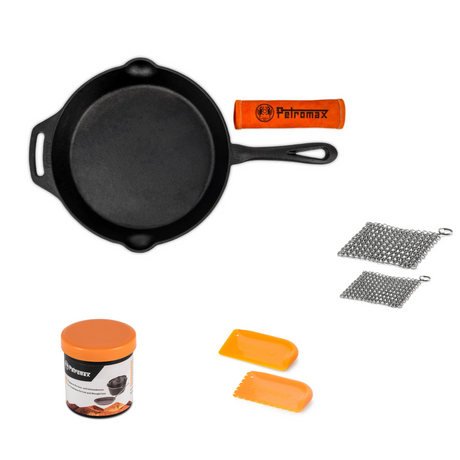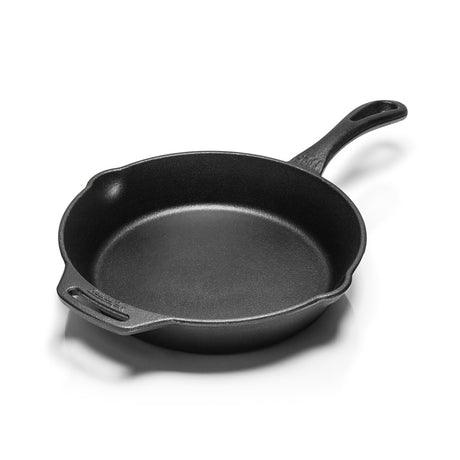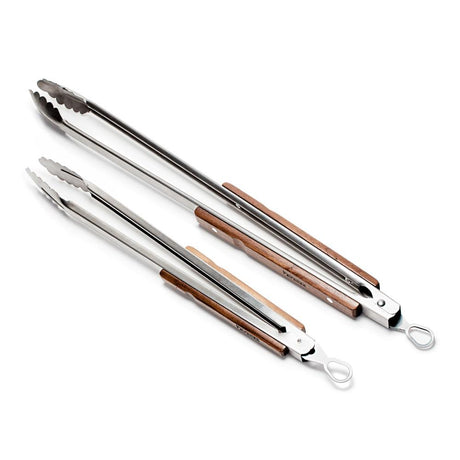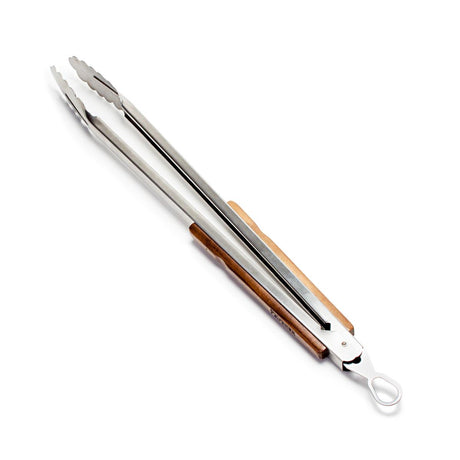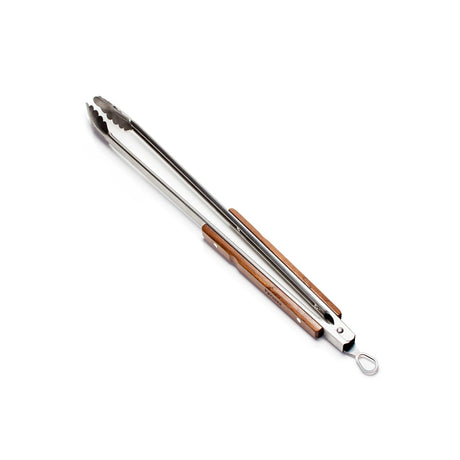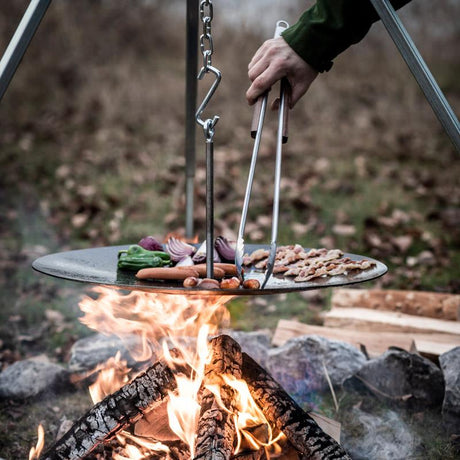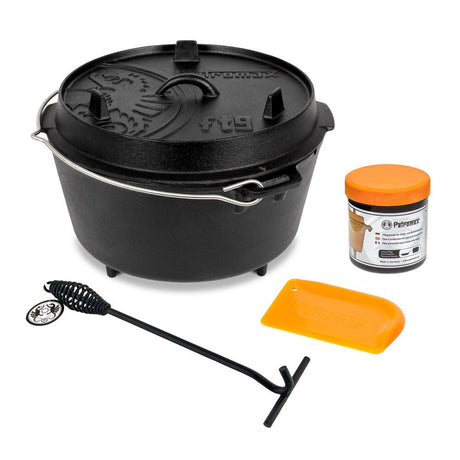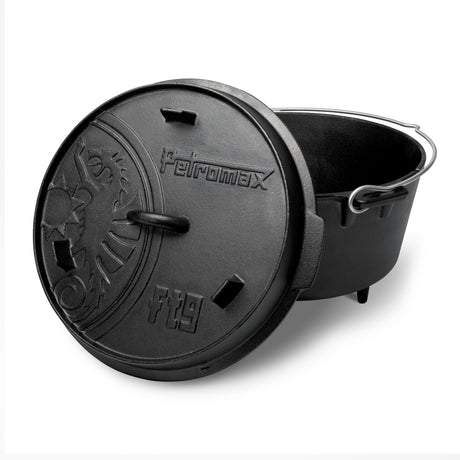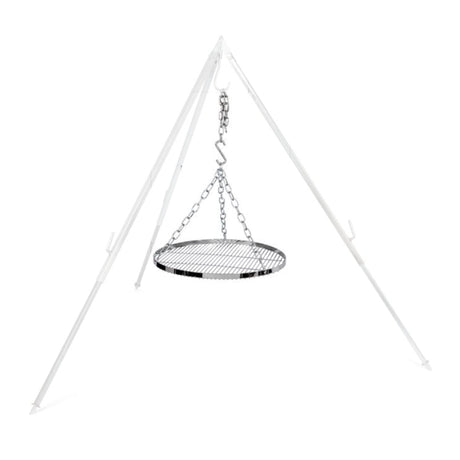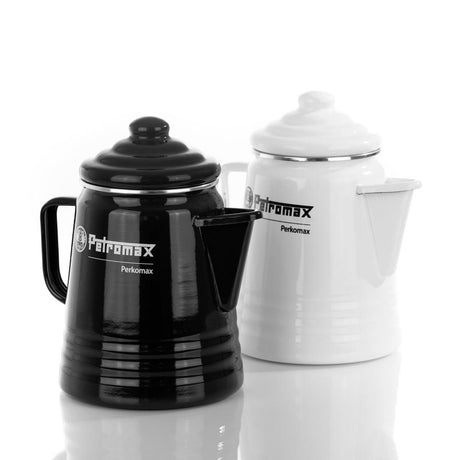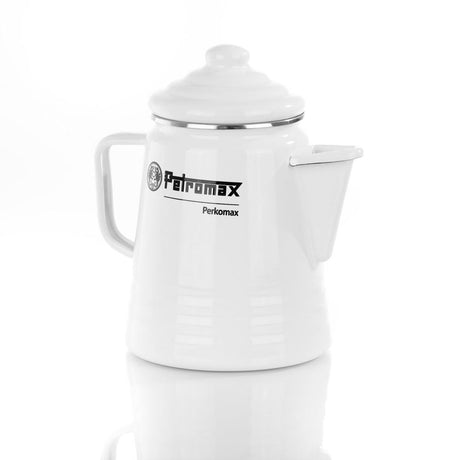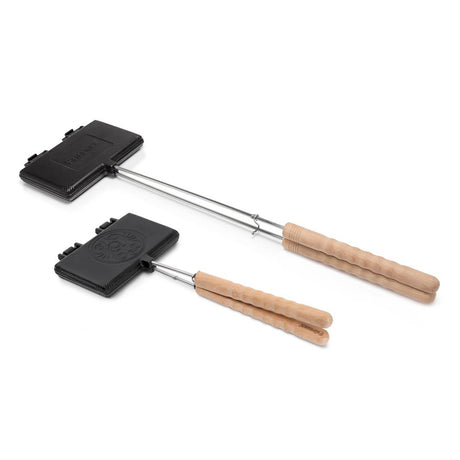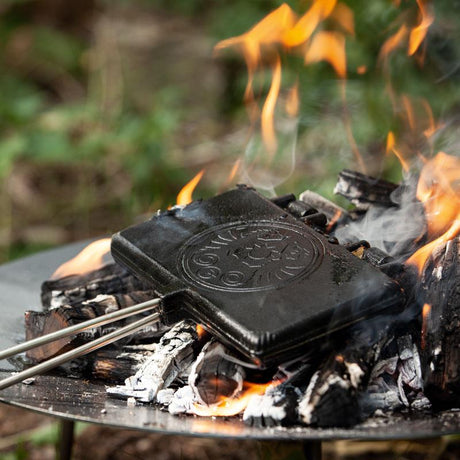
Barbecuing isn't just about searing meat - it's an art for some and an intuitive process for others. But regardless of which group you belong to, our tips are the key to a successful barbecue adventure! Let's make sure together that your next barbecue adventure is a complete success!
1. The art of barbecue preparation
2. To the point: How to prepare your barbecue food perfectly
3. Bratwurst is a thing of the past: Preparing meat correctly on the barbecue
4. The barbecue question: direct or indirect?
5. Finished by the barbecue master: The final steps for a successful steak
1. the art of barbecue preparation
- Before the meat goes on the grill, the grill must be really hot. Ideally, gas and electric barbecues should be preheated for at least 10 minutes, while charcoal barbecues also need enough time to glow through. A suitable barbecue lighter (never use spirit!) helps to bring the charcoal to the right temperature. If you are using briquettes instead of charcoal, allow a little extra time for preheating.
- Before putting the meat on the barbecue, don't forget to brush the grill with a little oil to prevent the food from sticking. The best oil for this is temperature-resistant rapeseed oil, which does not have a strong taste of its own. But sunflower oil will also do.
2. to the point: how to prepare your barbecue food optimally
- Before the meat goes on the barbecue, let it recover from the fridge. Going straight from the fridge to the grill is not a good idea. The significant temperature difference between the meat and the grill ensures that the outside of the meat burns while the inside is still too cold.
- It also makes sense to cut the steak into thick slices, about two to three centimetres thick. This keeps the meat juicy and prevents it from becoming tough.
- You can argue about barbecue marinades. High-quality meat often loses flavor due to too much marinade, as it masks the meat's own flavor. Of course you can marinate your meat, but dab off any excess marinade before grilling. Otherwise it will drip into the embers and can release unhealthy substances.
- Otherwise, it is sufficient to season the meat with freshly ground pepper and high-quality sea salt after grilling. It is best to use barbecue spices only after grilling, otherwise they will burn and affect the taste of the meat.

3. bratwurst is a thing of the past: Preparing meat properly on the barbecue
The holy grail of barbecuing? Core temperature and cooking time! The cooking time is an approximation, depending on the thickness of the meat. The core temperature, on the other hand, is the precise measure of whether your steak is done or needs a little more love.
You can check the core temperature with a good barbecue or cooking thermometer. Here are the most important temperatures for different types of meat:

- Steak: 230 °C to 280 °C
- Poultry: 140 °C to 200 °C
- Game: 130 °C to 180 °C
- Fish: 160 °C to 180 °C
- Vegetables: 150 °C to 180 °C
Further tips for correct grilling:
- Make sure there is enough space between the grill grate and the embers, about ten centimeters. Then it won't get too hot and the meat won't burn immediately.
- Important: Give the steak some time and rest on the grill! If you're constantly turning and flipping it, you're not doing it any favors. How long you should grill each side depends on the steak.
- For a cool checkerboard pattern, turn the steak 90 degrees after half the time.
4. the grilling question: direct or indirect? How to make the right decision on the barbecue
Depending on the grilling result you want to achieve, different grilling methods are suitable. The main difference between direct and indirect grilling is the position of the grill.
- With direct grilling, the food is placed directly above the hot embers, often on an open grill rack. Here, the meat is directly penetrated by the heat of the fire, perfect for smaller pieces of meat that need a crispy crust.
- Indirect grilling, on the other hand, takes place when the food is not placed directly over the embers. Instead, the grill lid remains closed and the heat circulates gently around the meat. This method is ideal for larger pieces of meat such as ribs or whole chickens that need to cook slowly and gently.
Tip from the pro:
If possible, divide your grill into areas for direct and indirect grilling. This allows you to sear the meat first and then cook it perfectly in the indirect zone. This often works better on a charcoal grill than on a gas grill. And a grill with a lid, such as a kettle grill, is particularly practical.

5 Finished by the grill master: The final steps for a successful steak
- Once the steak has reached the right level of doneness, give it a few more minutes to rest before serving. During this time, the delicious meat juices can spread nicely. But be careful: take it off the grill. The method of keeping the food warm on the grill will only cause the meat to dry out. If you want to prevent it from getting cold, wrap it in aluminum foil or place it in a sealable container.
- Now sprinkle over a little salt and pepper (and barbecue spices if desired) and serve. Good meat is best presented in thin slices, which you only cut with a sharp knife after grilling. This gives it a wonderfully crispy crust on the outside, but keeps it nice and juicy on the inside.

